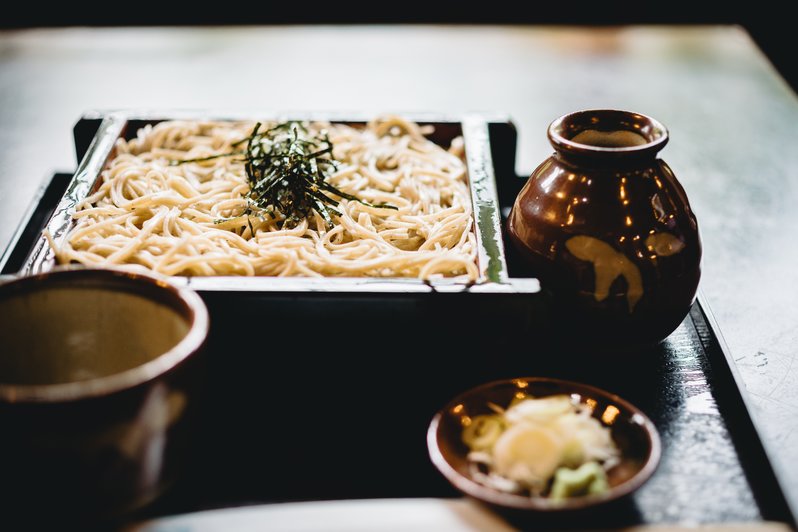We often talk about beauty and skincare when it comes to anti-ageing. But did you know that apart from working on the surface (a.k.a. your skin), an anti-ageing method that promotes life longevity is also something that you should be paying attention to? And no, we're not talking about the location of the mythical Fountain of Youth — we really have something up our sleeves on this one.
According to recent statistics, Japan has one of the highest average life expectancies all over the world, ranking just second after Monaco. This comes as no surprise because the country has held onto its ranking for many years; they've actually become an ageing population. But what is the secret to the Japanese's long and healthy disposition in life?
Introducing the Okinawa Diet
Named after the Japanese prefecture considered globally as one of the blue zones (communities with the highest life expectancies and healthiest lifestyles), the Okinawa diet is an adapted dietary practice referring to the traditional eating methods of the Okinawans. These methods are major contributors to their continuous high ranking in the health and life expectancy index. Their diet is composed of low calories and fat but high in carbohydrates; it can be compared to a mix of plant-based and pescetarian diets. Through the years, it has evolved into focusing on protein inclusion as well.
Looking at the basics, it's safe to say that the Okinawa diet is not that restrictive at all. In fact, aside from the range of food items you can indulge in, it also packs on the flavour with its use of herbs and spices mostly used in Chinese traditional medicine. Cool, right?

Stock up on these staples
Hold your horses and don't head to the grocery just yet. Nailing the Okinawa diet isn't as easy as just picking up every veggie you find in the produce aisle but rather understanding the principles behind each ingredient.
The Okinawa diet consists mainly of vegetables, covering up to 60 per cent of the meal. Sweet potato is an Okinawan product so it definitely makes the cut, but other common ingredients in Japanese cuisine such as seaweed, bamboo shoots, pumpkin and okra are great alternatives. Carbs get a cut at around 33 per cent, which isn't too bad if you're a noodle or rice lover (and because these are Asian staples).

Meanwhile, soy products like tofu and miso make up at least five per cent of the diet, complementing the one to two per cent inclusions of protein and omega-3-rich food in the form of fish, seafood or pork — horumon (innards) included. Lastly, alcohol, tea, and seasonings from spices and herbs like jasmine tea, turmeric, ginger, and the like make up another one per cent of the equation.
If you noticed, dairy and poultry are not really included in the list and that's because they are deemed 'optional' in the diet. Think of it at the same level as sweets or junk foods. This is because, in contrast to omega-3 rich food and vegetables that also provide protein and calcium, dairy and poultry tend to deliver more fat even in a smaller serving. So following the principles of the diet, it's really more of optimising your diet to both be filling and healthy.





